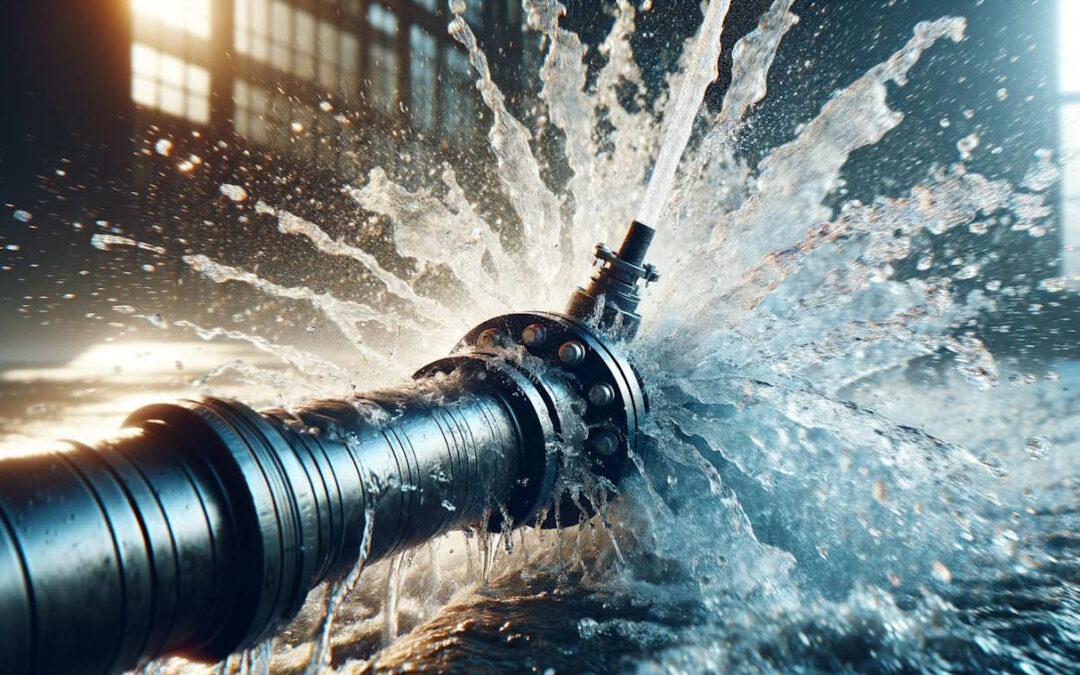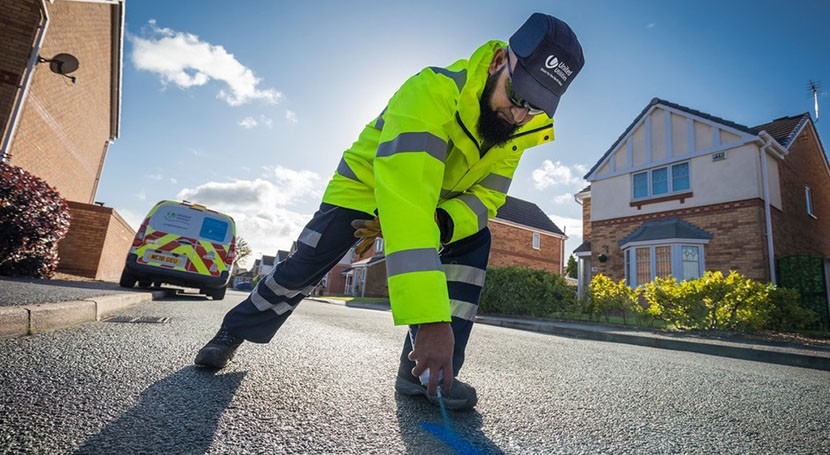Professional Water Leak Detection Services: Safeguard Your Home from Costly Damage
Professional Water Leak Detection Services: Safeguard Your Home from Costly Damage
Blog Article
Ingenious Solutions for Very Early Detection of Water Leakages in Buildings and Facilities
From sophisticated leakage detection modern technologies to the release of IoT sensing units for real-time surveillance, the landscape of leakage avoidance is evolving rapidly. Automated water flow analysis systems are improving just how leaks are identified and addressed, paving the way for an aggressive method to water leakage discovery.
Advanced Leak Discovery Technologies
Advanced leakage discovery innovations, geared up with innovative sensing units and algorithms, play a critical duty in promptly recognizing and determining water leaks in numerous setups. These modern technologies use a combination of acoustic, thermal, and electro-magnetic noticing approaches to detect leakages precisely. Acoustic sensors spot the sound of leaving water, permitting exact localization of the leak resource. Thermal imaging identifies temperature level changes caused by water leak, giving an additional efficient method for leakage identification. Electromagnetic sensing units can determine adjustments in magnetic fields brought on by water, offering yet an additional layer of leak discovery ability.

IoT Sensors for Real-Time Monitoring
In the realm of contemporary water leak detection, the combination of IoT sensing units for real-time tracking represents an essential advancement in improving positive leakage discovery capabilities. These sensors provide constant tracking of water systems, giving real-time information on water circulation prices, stress variants, and temperature level changes. By leveraging IoT technology, these sensors can detect even the tiniest anomalies in water usage patterns, allowing very early recognition of possible leaks before they escalate into major issues.
IoT sensors transmit information to a central system, where innovative formulas examine the info and produce notifies or notifications when irregularities are discovered. This real-time surveillance ability enables building proprietors or facility managers to without delay resolve leaks, minimizing water damages, lowering repair service expenses, and conserving water sources.
Moreover, IoT sensors can be incorporated with building monitoring systems, enabling automatic feedbacks to detected leakages, such as shutting off water shutoffs or activating pumps to minimize the effect of leaks. On the whole, the implementation of IoT sensors for real-time surveillance dramatically improves the efficiency and performance of water leak discovery in buildings and infrastructure.
Device Understanding Algorithms for Leak Forecast

One secret advantage of using equipment discovering for leak forecast is its capability to continuously find out and enhance its precision gradually. As more information is gathered and fed into the formula, it can refine its predictions and adjust to altering problems, eventually increasing the integrity of leakage detection systems.
Furthermore, device discovering algorithms can assist in identifying refined indications of leakages that may go unnoticed by traditional tracking methods. water leak useful site detection. By examining complex information embed in real-time, these formulas can offer very early warnings and informs, permitting timely treatment and preventive upkeep to mitigate possible water damages and connected prices
Utilizing Thermal Imaging for Leak Detection
Thermal imaging innovation offers a promising technique for discovering water leakages in various systems and facilities. By making use of infrared radiation and temperature variations, thermal imaging cameras can identify covert leakages that are not conveniently noticeable to the nude eye.
Among the vital benefits of thermal imaging for leakage discovery is its non-intrusive nature. Unlike standard techniques that may need getting into walls or floors to situate leakages, thermal imaging permits non-destructive screening. This not only saves time and decreases costs but also decreases disturbance to the structure or facilities being evaluated. In addition, thermal imaging can promptly check large areas, giving a thorough introduction of prospective leakage resources in a prompt manner. Generally, using thermal imaging technology enhances the effectiveness and accuracy of water leakage detection, making it a useful tool for maintaining the honesty of buildings and facilities.
Automated Water Flow Evaluation Solutions
How can automatic water flow evaluation systems transform the discovery and administration of leakages in numerous systems and facilities? Automated water circulation analysis systems supply an aggressive method to leakage detection by continually keeping an eye on water circulation rates and patterns. By developing baseline data, these systems can quickly recognize deviations that might show a leak, allowing timely intervention to avoid extensive damage.
These here are the findings systems make use of sophisticated algorithms to assess real-time information and give immediate signals when anomalies are identified, permitting quick activity to be taken. In addition, automated water flow analysis systems can be incorporated with building management systems or IoT platforms, improving total efficiency and enabling remote tracking abilities.
Moreover, the data collected by these systems can be used for predictive maintenance purposes, helping to identify prospective weak factors in the facilities see this before leaks occur. Overall, the implementation of automated water circulation evaluation systems can substantially enhance leak detection and monitoring techniques, eventually causing cost savings, lowered water wastage, and enhanced sustainability in buildings and framework.

Final Thought
Finally, the assimilation of advanced leak detection modern technologies, IoT sensing units, machine learning algorithms, thermal imaging, and automated water flow analysis systems offers innovative solutions for very early discovery of water leakages in structures and facilities. These innovations make it possible for real-time surveillance, forecast of leakages, and effective detection techniques to stop water damages and waste. Executing these services can help in maintaining the integrity and sustainability of water supply in different settings.
Report this page